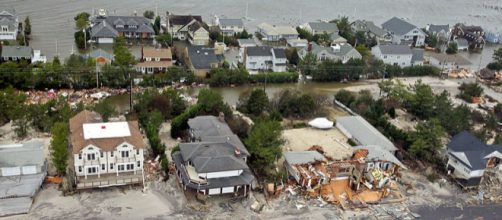The warning bell has been sounded. By 2045 coastal flooding could play havoc with the lives of those who occupy homes along the coasts of the United States. This is the finding of a study carried out by Union of Concerned Scientists who worked with data provided on sea level rise by the National Oceanic and Atmospheric Administration as well as by a real estate website. Since a rise in sea level is associated with global warming, it will be necessary to address this factor.
According to Daily Mail UK, the effect will be felt by more than 300,000 homes located along the coast and the value of loss and damage will run into billions.
These regions face flooding 26 times or more every year. If the trend is not checked, it will take a heavy toll on innumerable commercial and private properties.
Risks from coastal flooding cannot be ignored
The picture that emerges from coastal flooding is a matter of concern. Florida will have the greatest number of homes at risk by the end of the century. The figure is expected to be about one million homes. Out of that more than 64,000 will face the risk of chronic flooding in the next 30 years. After Florida comes New Jersey with 250,000 homes, and New York with 143,000 homes.
The study has predicted that by 2045, sea level rise could bring in an extra 1.8 feet of water along the coast of Florida and it could reach an average of 6.4 extra feet of water by 2100.
Global warming is believed to be responsible for rising sea levels and unless that is checked, it will be difficult to prevent large-scale losses.
The fallout from such a situation will be a life with water all around. The water-logged homes will be unsafe, uninhabitable and too costly to insure. Those who live along the Gulf Coast will have to face the brunt of the attack because of salinity in the air. In the words of Rachel Cleetus, lead economist and policy director with the program, ‘this is a slow-moving disaster.'
Coastal flooding is linked to climate change
The Independent UK cited South Miami Mayor Philip Stoddard as saying, "At the local level, coastal communities must no longer allow construction that cannot accommodate sea level rise.”
The authorities cannot ignore the signs and will need to evolve suitable remedial measures to counteract the possible threats. They are going to have to work out strategies to limit greenhouse gas emissions by discarding fossil fuels and embracing alternatives like electricity or solar power.


